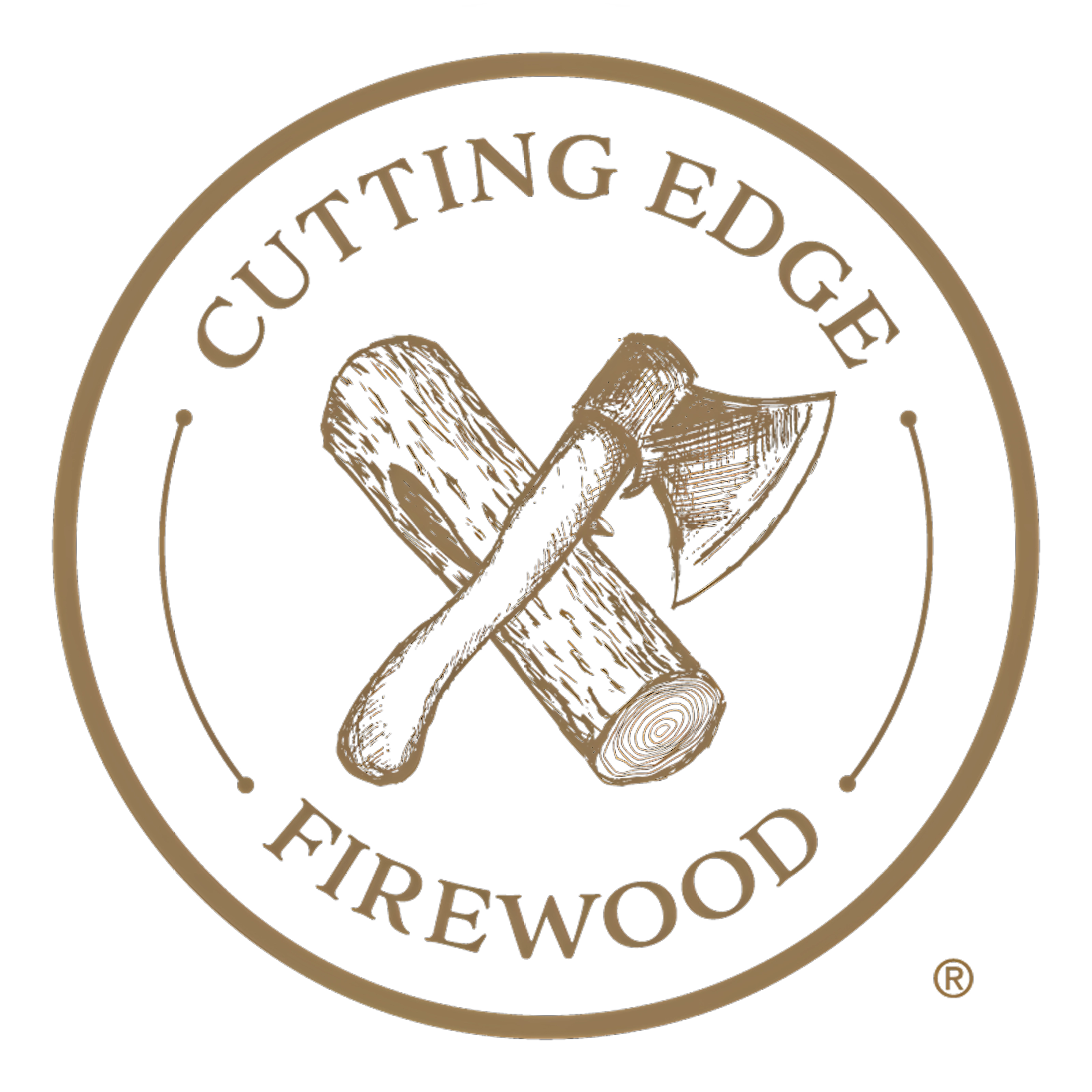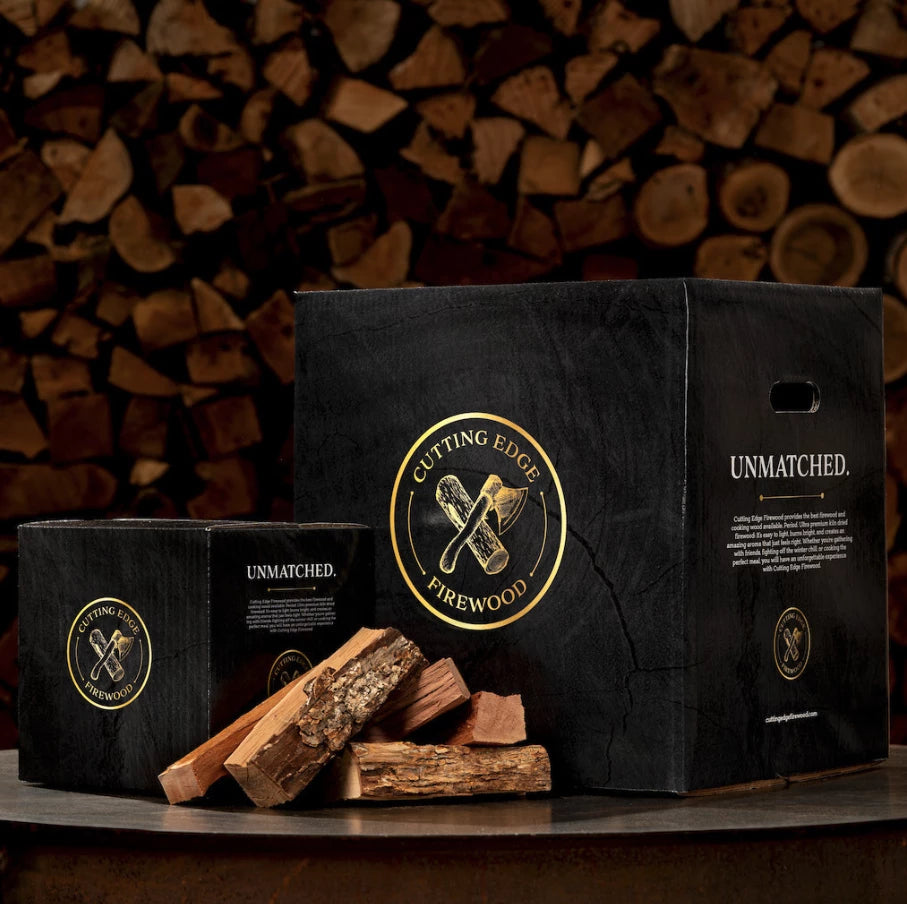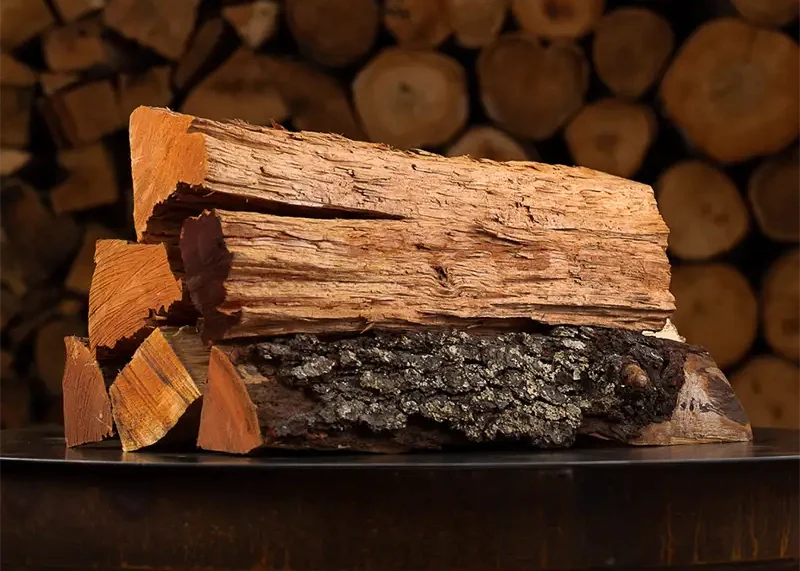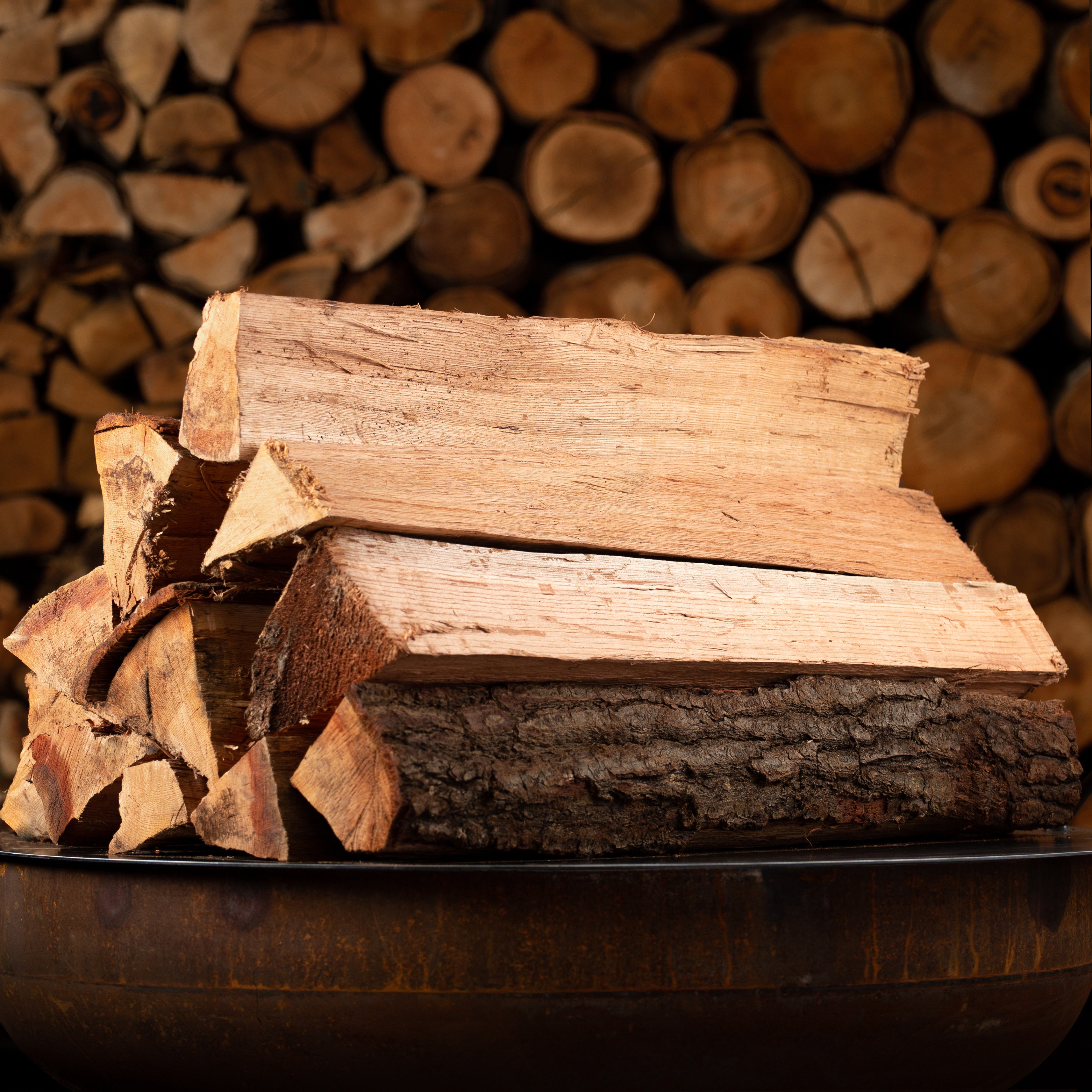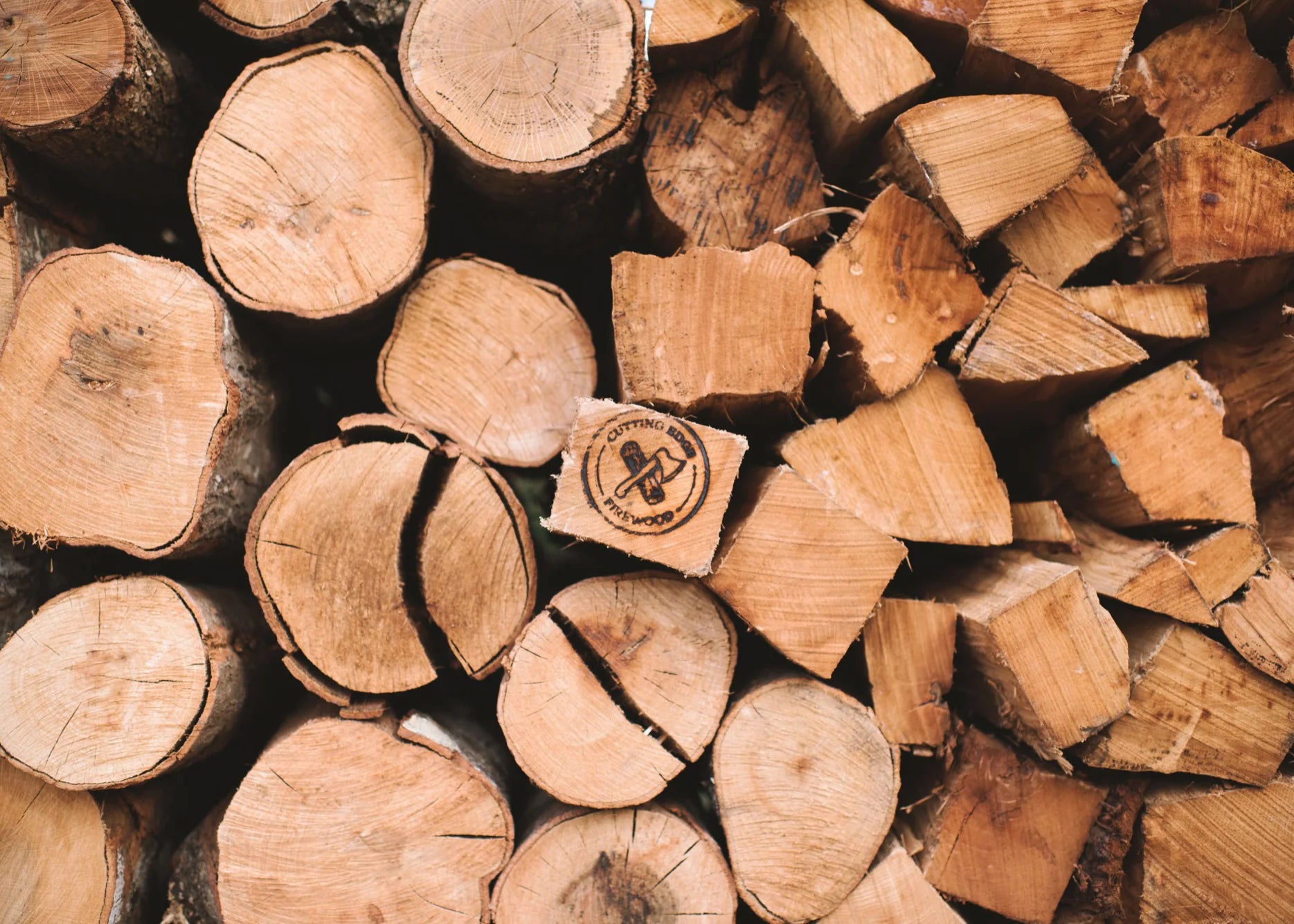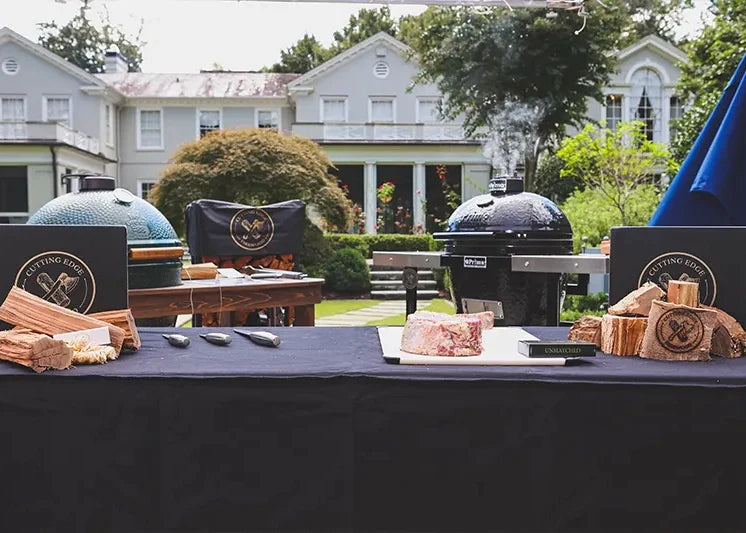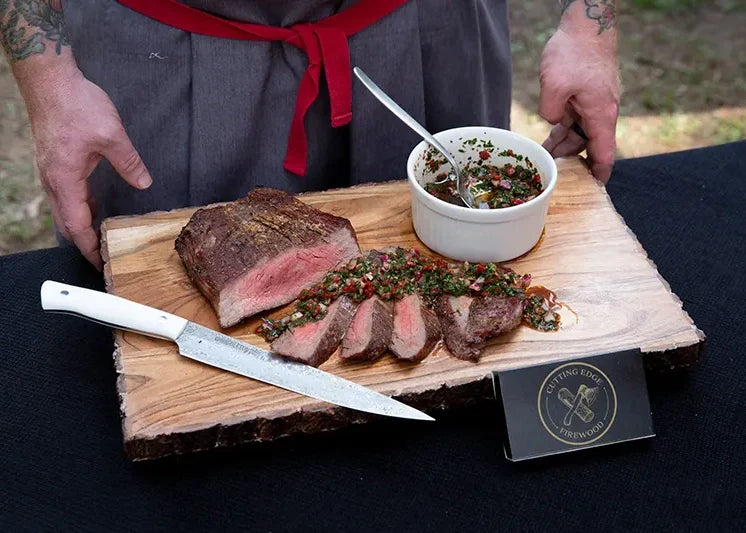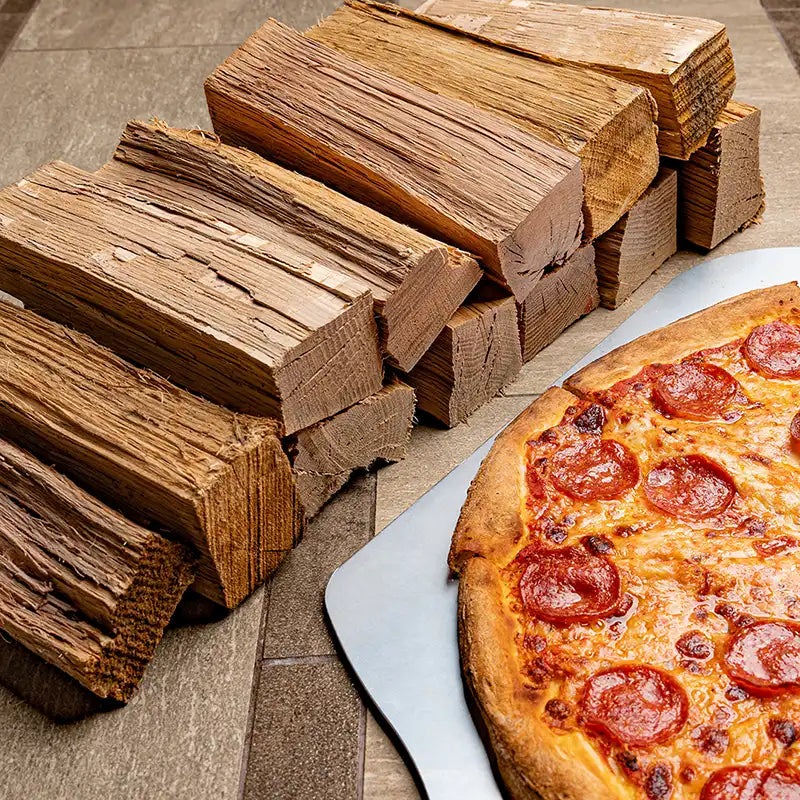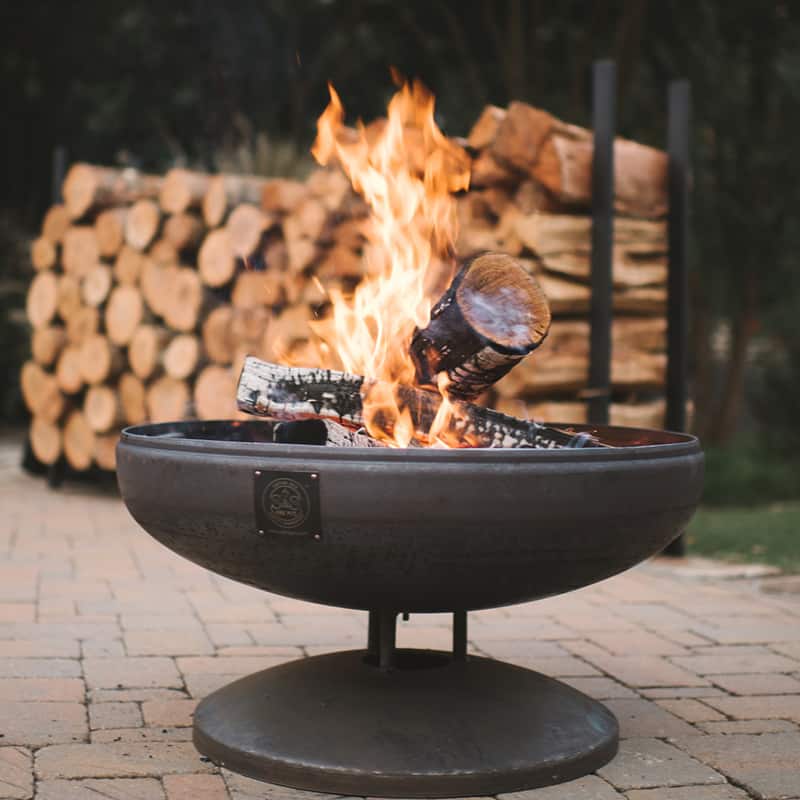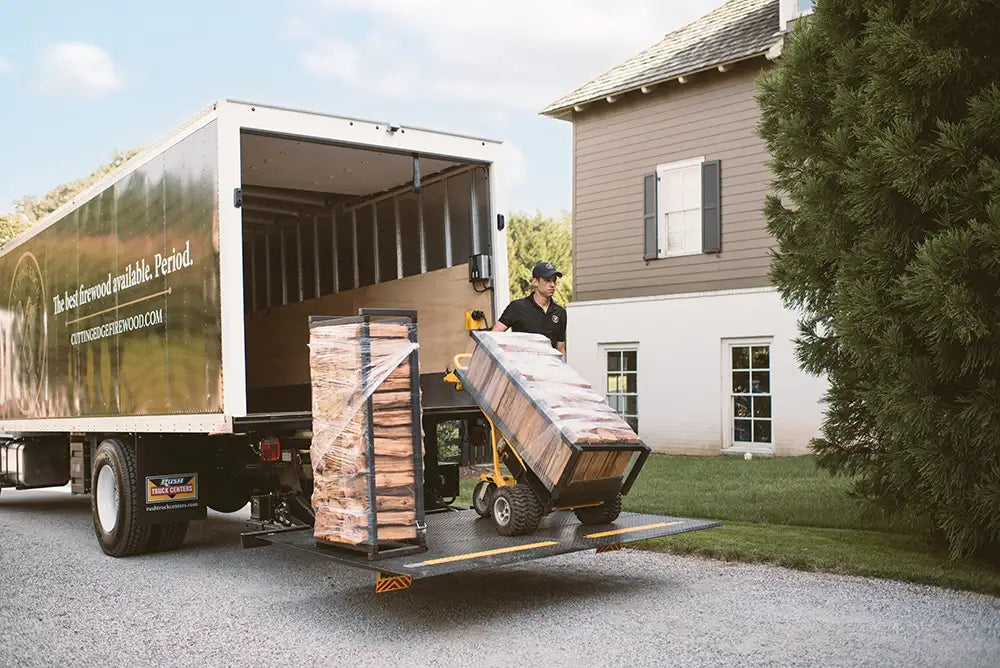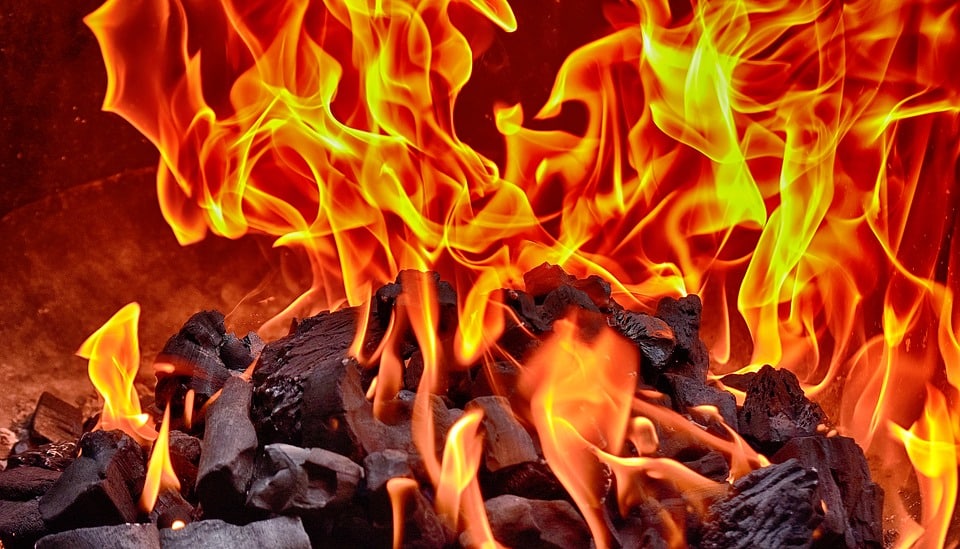When you think of fires, what's the first color that comes to mind? If you answered orange, you aren't alone. Most people associate orange with fires. Whether you're fire starters or indoors in your fireplace, it will probably produce an orange flame. However, there are times when a fire may produce a different-colored flame.
Why Orange Is the Most Common Flame Color
Before we reveal the different flame colors and their respective meaning, let's first discuss why orange is the most common color for flames. Most traditional fuel sources contain carbon, which is apparent from their orange flame. Wood, charcoal, paper, gas, etc. all contain carbon -- an abundant chemical element that's found naturally in all living things as well as some inorganic compounds. When any carbon-containing fuel source is burned, it may release micro-sized carbon particles in the flame. The flame then illuminates these suspended particles, thereby creating the appearance of an orange or yellow flame.
Orange and Yellow Flames Indicate Unburned Carbon
Not all carbon-containing fuel sources will produce an orange or yellow flame. These colors indicate the presence of unburned carbon compounds. Carbon is typically burned through combustion, but trace amounts may linger. As the fire burns, some of these unburned carbon compounds are released into the flame rather than fully igniting. The end result is an orange- or yellow-colored flame.
This doesn't mean that orange- or yellow-colored flames are bad. On the contrary, you can expect most traditional fuel sources, including firewood for sale, to produce a flame in either of these two colors. It's perfect normal and shouldn't cause any reason for concern. In fact, orange and yellow flames are actually better for grilling and smoking meats, as they release a more savory and flavorful smoke.
A Blue Flame Indicates Complete Burning of Carbon
If you're using a gas grill or stove, you may discover a blue flame. Propane gas, like firewood, contains carbon compounds. However, it often produces a blue flame instead of an orange or yellow flame because it burns all the carbon. An article published by the University of South Carolina Beaufort (USCB) explains that blue flames indicate the complete burning of carbon. When all the carbon compounds are burned, there's no particulate matter for the flame to illuminate. Therefore, the flame appears bright blue.

Orange Flames Indicate Temperatures of 1,100 to 2,200 Degrees
It's not just the efficiency at which a flame burns carbon that determines its color. The temperature of a flame will also affect its color. Orange flames, for example, typically occur at temperatures of 1,100 to 2,200 degrees Fahrenheit. This falls in line with the temperature at which wood burns. When a fire burns cooler or hotter, though, the flame color may change.
Blue Flames Indicate Temperatures of 2,300 to 3,000 Degrees
Blue flames burn hotter than orange flames, with temperatures reaching up to 3,000 degrees Fahrenheit. Along with the complete burning of carbon, this is why gas-burning fires typically have a blue flame. They heat up more quickly and to higher temperatures than fires using other fuel sources, resulting in a blue flame. If a flame's temperature drops to 2,200 degrees or below, however, it may turn to an orange or yellow color, especially if it uses a tangible fuel source like firewood.
Chemicals and Compounds Can Affect Flame Color
Finally, it's worth mentioning that the presence of certain chemicals or compounds can alter the color of a flame. A green flame, for instance, indicates the presence of copper. As copper heats up, it absorbs energy that's manifested in the form of a green flame. A pink flame, on the other hand, indicates the presence of lithium chloride. And burning strontium chloride will create a red flame. Of course, you should avoid burning chemicals due to the potential health hazards it poses. Scientists often create these flames in a controlled environment where they are protected from the potentially toxic fumes.
Should I Worry About Flame Color?
The only time when you should worry about the color of your flame is when it's not orange, yellow or blue. These three colors indicate a natural burning process, with the fire either completely or partially burning all the fuel's carbon compounds. But if you notice a green, pink or other alternative flame colors, you should consider choosing a different fuel source. As mentioned above, these colors may indicate the presence of chemicals or compounds, some of which could be harmful to your health.
Don't let lack of firewood prevent you from enjoying your fireplace or fire pit this winter. Stock up on premium firewood by visiting our order page now!
